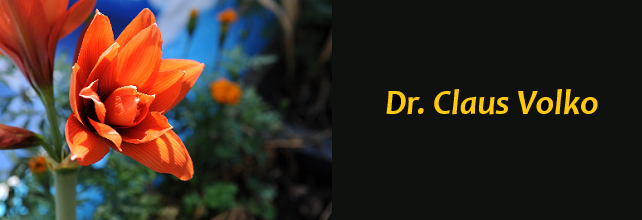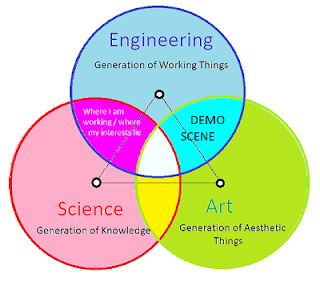Unmengen an Literatur zu Isoflavonen
Wenn man sich ein bisschen Zeit nimmt und im Netz recherchiert, findet man Unmengen an Literatur zu Isoflavonen, Adiol, dem Estrogen-Rezeptor β und anderen Dingen, über die mich Uwe unterrichtet hat. Die meisten Quellen sind durchaus positiv, also in Uwes Sinne. Es gibt auch kritische Stimmen, aber da scheinen kommerzielle Interessen vorzuliegen - objektiv scheinen sie mir nicht zu sein. Insgesamt gesehen, zeigt sich, dass es bereits viele Produkte gibt, die auf Isoflavonen basieren. Uwe war jedoch der Meinung, dass diese Produkte im Allgemeinen zu niedrig dosiert seien und sich die eigentliche Wirkung in Bezug auf schwere seelische Störungen, Infektionskrankheiten und Krebs erst bei einer weit höheren Dosis entfalte. Mich persönlich interessiert an der ganzen Angelegenheit nur das Wissenschaftliche. Kommerzielle Ambitionen habe ich nicht. Ich lebe von meiner Arbeit als "Hirnwerker" in der Software-Industrie. http://meridianvalleylab.com/testosteron-metabolite-3b-adiol


